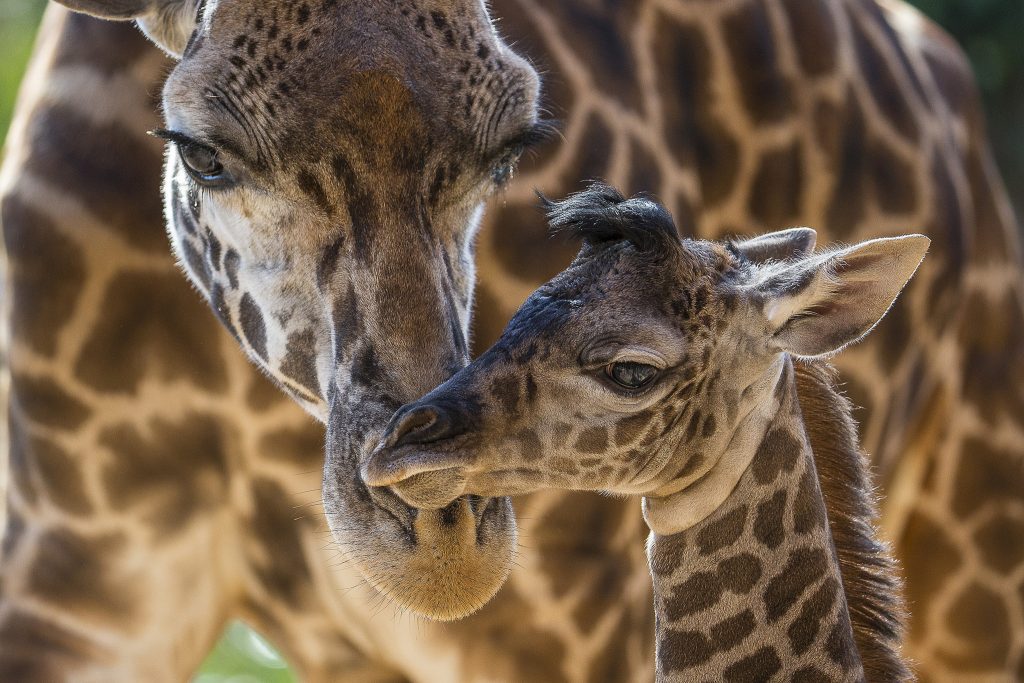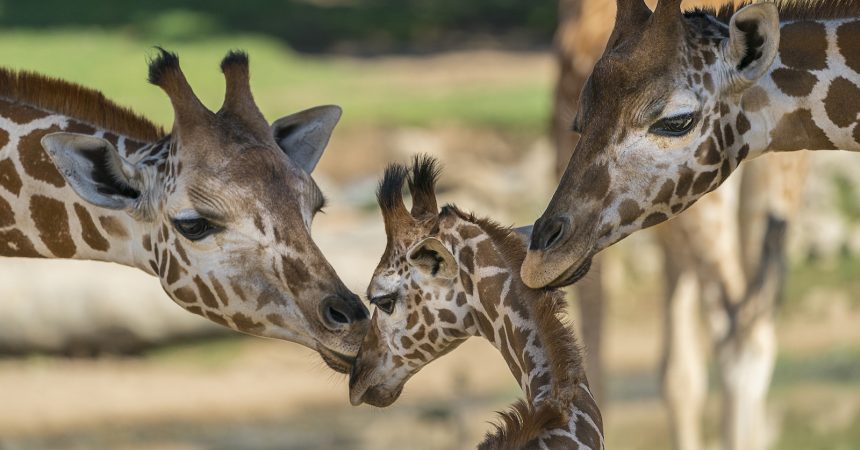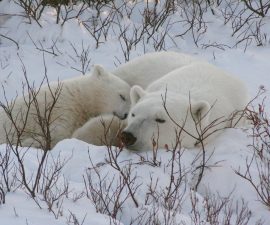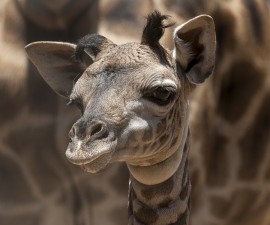IUCN Red List of Threatened Species Changes Status of Many Giraffes
Conservation experts made a startling announcement yesterday (Nov. 14, 2018) regarding the declining state of giraffe populations worldwide, confirming that several giraffe subspecies are in greater trouble than previously believed. A new assessment by the International Union for Conservation of Nature (IUCN) Species Survival Commission (SSC) Giraffe & Okapi Specialist Group has prompted IUCN to change the status of Kordofan and Nubian giraffes to Critically Endangered on the IUCN Red List of Threatened Species. In addition, the reticulated giraffe has now been listed as Endangered, Thornicroft’s and West African giraffes are listed as Vulnerable and the Rothschild’s giraffe is listed as Near Threatened. Only the Angolan giraffe population – with habitats in Botswana, Namibia and Zimbabwe – seem to be holding steady and are listed as ‘Least Concern’. The new assessments cite human population growth as contributing to several major threats to giraffes in Africa—including habitat loss and changes through expanding agriculture and mining activities, illegal hunting, increasing human-wildlife conflict and civil unrest.
This week’s update comes nearly two years after IUCN declared the overall giraffe species to be Vulnerable, due to their decreasing numbers. This time, however, scientists delved deeper by focusing on seven of the nine recognized giraffe subspecies—five of which are being assessed for the first time. Through thorough giraffe tracking and data analysis, researchers concluded the Kordofan, Nubian, West African and reticulated giraffe subspecies are among the most threatened large mammals in the world, with fewer than 21,000 individuals remaining in their native habitats. Overall, the world’s total population of giraffes also continues to decrease, with little more than 95,000 individuals left. That is a 40 percent drop over the last 30 years, sparking concern that if the trend continues at its current pace, these iconic animals could become extinct in the wild within a generation.
As scientists around the globe absorb this sobering news, they are also applauding conservation programs that offer hope for the giraffe. Two subspecies that were previously listed as Endangered—West African and Rothschild’s giraffe—have since improved their conservation status.

“We’re seeing increased numbers with a couple of subspecies, and this is providing us confirmation that conservation initiatives are working,” said Dr. Julian Fennessy, co-chair of the IUCN Species Survival Commission, Giraffe & Okapi Specialist Group, and director of the Giraffe Conservation Foundation. “Through the combined works of multiple African governmental agencies, the Giraffe Conservation Foundation, as well as other valuable conservation organizations, I’m confident we can provide a unifying Africa-wide giraffe conservation framework that can be applied to other giraffe populations.”
Scientists are also analyzing how giraffes’ change of status will impact the findings of a groundbreaking 2016 study that found a genetic basis to divide giraffes into four distinct species. The study, initially published in the scientific journal Current Biology, but will continue with further analysis this year, identified four giraffe species: the northern giraffe (Giraffa camelopardalis), southern giraffe (G. giraffa), reticulated giraffe (G. reticulata) and Masai giraffe (G. tippelskirchi)—with some of the current subspecies, such as Rothschild’s, genetically included in these new full species designations. If widely accepted, combined with giraffes’ new Red List status, this study will have major impacts on conservation organizations across the globe—including San Diego Zoo Global—as well as research and conservation priorities for efforts across the African continent.
San Diego Zoo Global has partnered with the Giraffe Conservation Foundation, the Northern Rangelands Trust, the Kenya Wildlife Service and The Nature Conservancy, as well as other conservation organizations, to help reverse giraffe population declines in East Africa. Recently, the multiorganizational team created the Twiga Walinzi (Giraffe Guards), a community-led conservation effort made up of a team of local Kenyan pastoralists that will work to study and protect reticulated giraffe, while improving the lives of people co-existing with the species. For more information on the fight against giraffe extinction, go here.
Another way for anyone with a computer or smartphone to help in giraffe conservation is to visit San Diego Zoo Global’s citizen science program website at wildwatchkenya.org. Volunteers are asked to identify what is pictured in trail photos—normally only seen by researchers—by choosing from an animal list or indicating that no animal is pictured. So far, over 13,000 volunteers have joined the website and identified and retired more than 550,000 individual images from motion-activated trail cameras in Kenya—completing almost five years’ worth of giraffe conservation work. This huge achievement is providing researchers with enough data to begin analyzing giraffe habitat and migration patterns for the first time since the organization started the reticulated giraffe conservation and research program.





